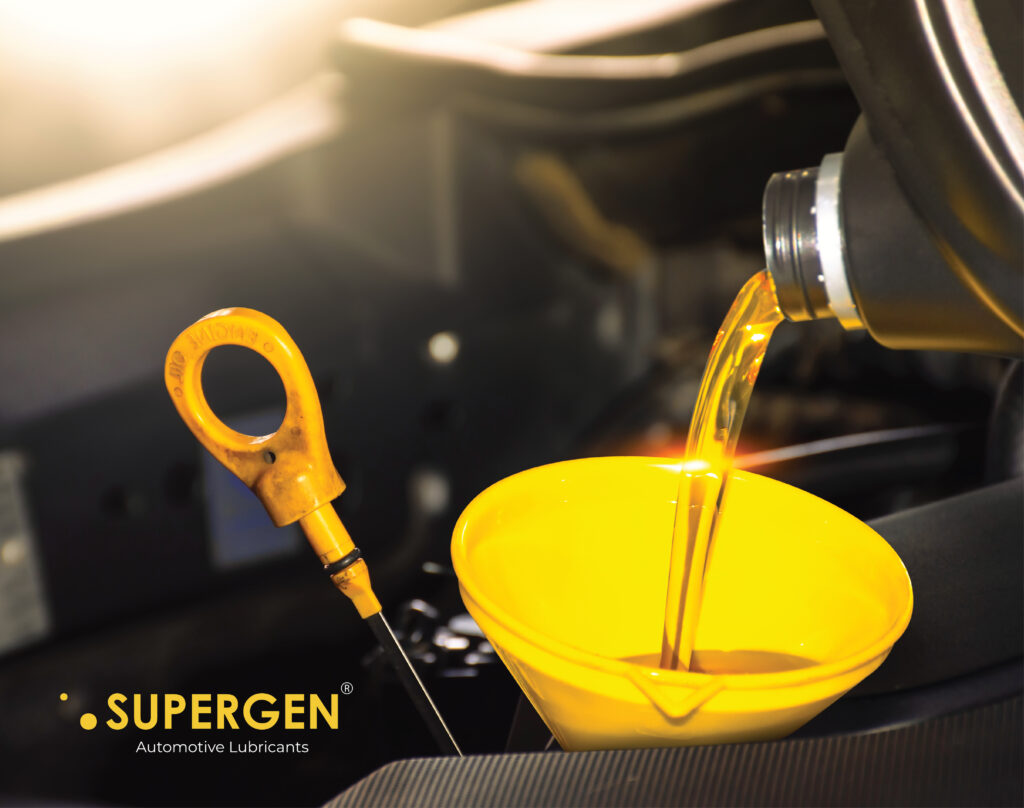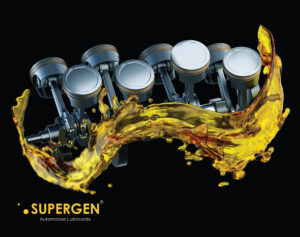In today’s fast-paced world, where machinery forms the backbone of industries, ensuring optimal performance and reliability is critical. One of the most effective ways to achieve this is through regular oil analysis and proactive maintenance.
These practices not only extend equipment life but also prevent costly breakdowns and unplanned downtime. In this comprehensive guide, we’ll explore the key benefits of oil analysis, how proactive maintenance strategies can transform your operations.
What is Oil Analysis?
Oil analysis involves the laboratory examination of lubricants taken from machinery or engines. By studying the physical and chemical properties of oil samples, technicians can determine the condition of both the lubricant and the equipment it serves.
This technique is widely used in industries such as manufacturing, automotive, aviation, marine, and heavy machinery.
Key parameters measured during oil analysis include:
- Viscosity: Indicates whether the oil’s thickness is appropriate for operation.
- Contaminants: Detects the presence of dirt, water, fuel, or metal particles.
- Wear Particles: Identifies signs of abnormal wear in components.
- Additive Depletion: Checks the remaining life of critical oil additives.
Why Regular Oil Analysis is Important
Regular oil analysis provides valuable insights into the health of your equipment and lubricants. Here are some key reasons why it’s crucial:
- Early Detection of Problems
Oil analysis can detect issues such as contamination, wear, and additive depletion long before they become severe. By catching problems early, maintenance teams can take corrective actions to prevent costly breakdowns and extend the equipment’s life.
- Optimized Maintenance Schedules
Rather than relying on fixed maintenance intervals, oil analysis allows for condition-based maintenance. This means that maintenance is performed only when necessary, reducing unnecessary downtime and saving on labor and parts.
- Extended Equipment Life
Contaminants such as dirt, moisture, and fuel dilution can accelerate wear in machinery. Regular oil analysis helps identify these issues early, allowing for timely intervention and ultimately extending the lifespan of critical assets.
- Improved Lubricant Management
Oil analysis provides data on the remaining life of the oil and its additives. This information can be used to optimize oil change intervals, ensuring that oil is neither changed too early (wasting resources) nor too late (risking damage).
- Enhanced Operational Reliability
With regular oil analysis, equipment operates more reliably, as potential issues are addressed before they escalate. This translates to fewer unexpected breakdowns, improved safety, and consistent production output.
Key Components of Proactive Maintenance
Proactive maintenance goes beyond traditional preventive maintenance by focusing on predicting and preventing failures before they occur. Here are the main elements of a proactive maintenance strategy:
- Condition Monitoring
Condition monitoring involves tracking key parameters such as temperature, vibration, and oil condition to assess the health of machinery. When used in conjunction with oil analysis, it provides a comprehensive view of equipment performance.
- Root Cause Analysis (RCA)
When issues are identified, performing root cause analysis ensures that the underlying problem is addressed, not just the symptoms. This prevents recurring failures and improves long-term reliability.
- Predictive Maintenance
Predictive maintenance uses advanced tools and techniques, such as infrared thermography, ultrasonic testing, and oil analysis, to predict when maintenance should be performed. This minimizes downtime and maximizes asset availability.
- Maintenance Optimization
By analyzing historical maintenance data and oil analysis results, organizations can continuously refine their maintenance strategies, focusing resources where they are needed most.
- Training and Competency Development
Effective proactive maintenance requires skilled personnel. Providing ongoing training and ensuring that maintenance teams are well-versed in oil analysis and condition monitoring techniques is essential.
Benefits of Proactive Maintenance
- Reduced Unplanned Downtime
Proactive maintenance significantly reduces the likelihood of unexpected equipment failures, which can disrupt operations and lead to costly downtime.
- Lower Maintenance Costs
By addressing issues before they escalate, proactive maintenance reduces repair costs and extends the life of equipment components, resulting in significant cost savings.
- Increased Equipment Efficiency
Well-maintained machinery operates more efficiently, consuming less energy and reducing operational costs.
- Improved Safety
Proactive maintenance helps prevent catastrophic failures that can pose safety risks to workers. Ensuring that equipment is always in good condition minimizes the likelihood of accidents.
- Environmental Benefits
Properly maintained equipment is less likely to leak oil or other hazardous substances, reducing environmental impact. Additionally, optimizing oil change intervals minimizes waste.
Implementing an Oil Analysis and Proactive Maintenance Program
- Establish Baseline Data
Before implementing a maintenance program, gather baseline data through initial oil analysis and condition monitoring. This provides a reference point for future comparisons.
- Select the Right Equipment
Focus on critical equipment where failure would result in significant downtime or costs. Prioritize assets that will benefit most from regular oil analysis.
- Set Key Performance Indicators (KPIs)
Define measurable goals for your program, such as reduced downtime, lower maintenance costs, or extended equipment life. Regularly track and report on these KPIs.
- Use Advanced Tools and Technology
Invest in tools such as oil analysis kits, vibration analyzers, and thermographic cameras. These technologies enhance the accuracy and efficiency of your maintenance efforts.
- Develop a Maintenance Schedule
Based on the initial oil analysis and condition monitoring data, create a tailored maintenance schedule for each piece of equipment. Be flexible and adjust the schedule as needed based on ongoing analysis.
- Partner with Experts
Consider partnering with specialized oil analysis labs and maintenance consultants. Their expertise can help you interpret data accurately and implement best practices.
The Bottom Line
Regular oil analysis and proactive maintenance are indispensable for any organization that relies on machinery. These practices not only extend the life of equipment but also reduce costs, improve reliability, and enhance safety.
By investing in oil analysis and adopting a proactive maintenance strategy, businesses can gain a competitive edge, ensuring that their operations remain efficient and resilient in the long term.
Whether you’re managing a manufacturing plant, a fleet of vehicles, or heavy machinery, regular oil analysis and proactive maintenance should be integral parts of your maintenance strategy.
The benefits far outweigh the costs, making it a wise investment for any forward-thinking organization.
FAQ’s
1. How often should oil analysis be performed?
The frequency of oil analysis depends on the type of equipment and operating conditions. For critical machinery, monthly or quarterly analysis is recommended, while less critical assets may only need semi-annual or annual checks.
2. What types of contaminants can oil analysis detect?
Oil analysis can detect various contaminants, including dirt, water, fuel, metal particles, and coolant. Identifying these contaminants helps prevent equipment damage and optimize maintenance schedules.
3. Can oil analysis help improve fuel efficiency?
Yes, by ensuring proper lubrication and detecting issues early, oil analysis can improve the efficiency of engines and reduce fuel consumption.
4. Is oil analysis expensive?
The cost of oil analysis is relatively low compared to the potential savings from preventing equipment failures. Many labs offer affordable oil analysis packages, making it accessible for businesses of all sizes.
5. What equipment is needed for oil analysis?
Basic equipment for oil analysis includes sampling kits, collection bottles, and analysis tools such as viscometers and particle counters. Many companies also partner with external labs for more detailed analysis.








